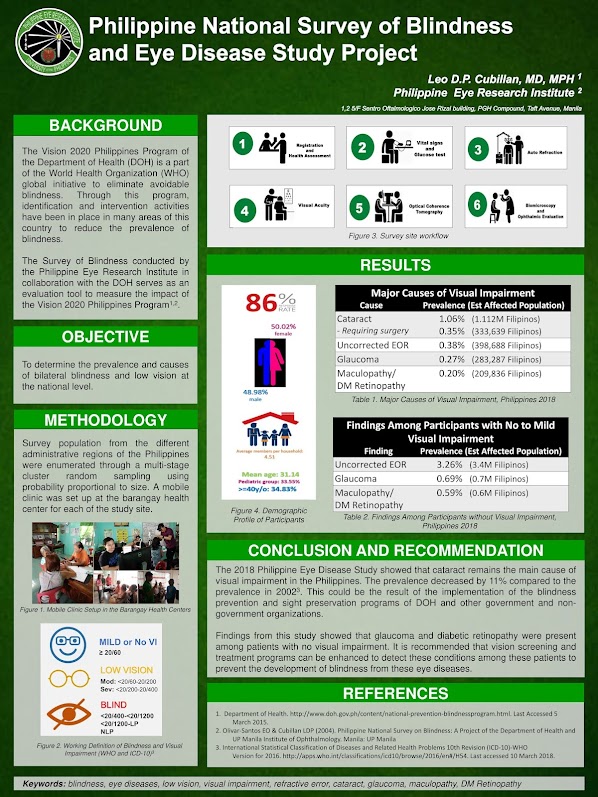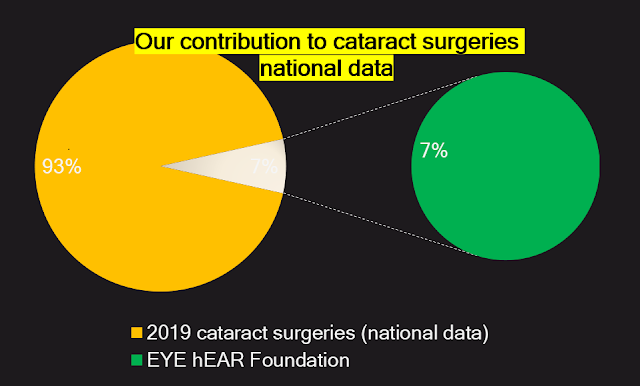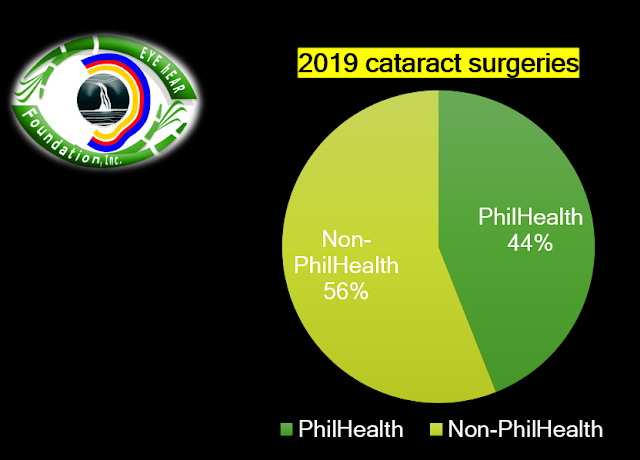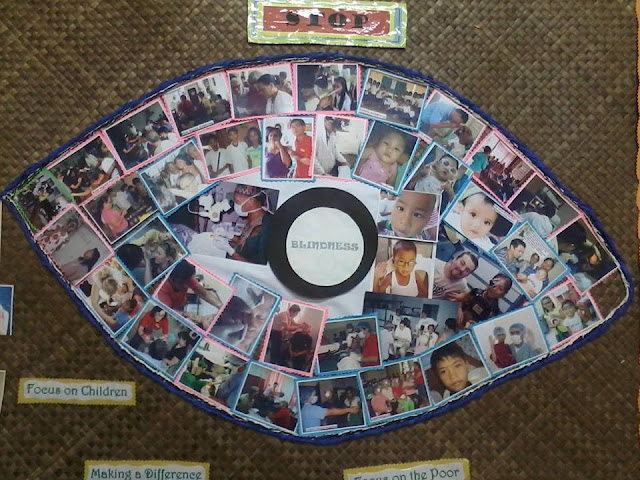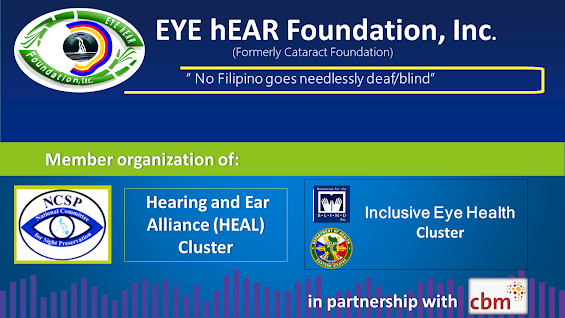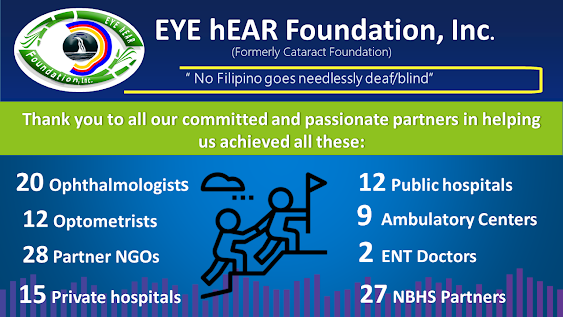Lately, may mga katanungan akong natatanggap kung okay bang gumamit o bumili ng trend ngayon online na anti-rad (anti-radiation) na salamin? Mahaba talaga ang screen time mo sa mga panahong ito trabaho man o pag-aaral ang dahilan kaya natural lang na pag-isipan kung paano pangalagaan ang ating mga mata.
Napa-Google tuloy ako kung ano nga ba ang available na rekomendasyon ng ating mga doktor sa mata at napa-click ako dito sa write up mula sa website ng American Academy of Ophthalmology. Pinamakaganda po nating gawin ay sundin kung ano ang ipinapayo ng mga ophthalmologist/ optometrist kasi sila naman ang ating espesyalista sa mata.
Eyeglasses that claim to filter out blue light from computers, smartphones and tablets are becoming increasingly popular. Ads for these glasses claim overexposure to blue light can cause a number of problems. The problems supposedly linked to blue light range from dry eyes to digital eye strain, sleep cycle disruption and even macular degeneration, which causes people to lose some or all of their central vision. However there is no evidence that the kind or amount of light coming from computer screens is damaging to the eyes.
"People are very worried that we're looking at our screens more than we ever did," Academy spokesman Rahul Khurana, MD, told Business Insider. "Everyone is very concerned that it may be harmful to the eye, and it's a valid concern, but there's no evidence it may be causing any irreversible damage."
The Academy does not recommend any special eye wear for computer use.
Should You Be Worried About Blue Light and Computer Radiation?
There is evidence that some kinds of light exposure can cause eye damage under certain conditions. For instance, too much exposure to ultraviolet light from the sun does raise the risks of eye diseases, including cataracts, growths on the eye and cancer.
The amount of radiation coming from a computer has never been demonstrated to cause any eye disease. A study reprinted by the National Library of Medicine found no measurable UVA or UVB radiation from computer monitors. UV radiation is the most harmful part of sunlight for eyes and skin. The Radiation Protection Program at the Massachusetts Institute of Technology summarizes current research about computer monitors’ radiation by saying that "there are no data to suggest a health risk from exposure to the electromagnetic fields associated with the use of monitors."
Long hours staring at digital screens can cause eye strain, and decreased blinking associated with computer use can cause dry eyes. But these effects are caused by how people use their screens, not by anything coming from the screens.
You can protect your eyes from strain if you work with computers all day:
- Sit about 25 inches (arm's length) from the computer screen. Position the screen so you are gazing slightly downward.
- Reduce screen glare by using a matte screen filter if needed.
- Take regular breaks using the “20-20-20” rule: every 20 minutes, shift your eyes to look at an object at least 20 feet away for at least 20 seconds.
- When your eyes feel dry, use artificial tears to refresh them.
- Adjust your room lighting and try increasing the contrast on your screen to reduce eye strain.
- If you wear contact lenses, give your eyes a break by wearing your glasses.
Many eye symptoms caused by computer use are only temporary and will lessen after you stop using the computer.
The Academy recommends that everyone get a baseline eye exam by the age of 40. Getting regular comprehensive eye exams from an ophthalmologist is critical to diagnosing any potential eye disease in its early stages.
The Academy also recommends that people over age 65 get an exam every one to two years, even if they have no symptoms of eye problems.
So, base po sa nabasa natin sa taas, hindi nirirekomenda ng ating mga espesyalista ang anti-rad glasses. Limitahan lang po natin ang exposure at paggamit ng mga gadgets at sundin ang Rule 20-20-20. Ang naglipanang mga anti-rad ngayon sa online shopping ay bahagi pa rin ng negosyo para kumita. Pero ngayong alam mo na, pakisabihan po ang iba. -ror-







